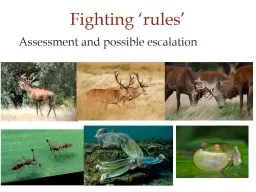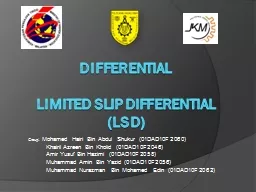PPT-Using the Hawk-Dove Model and Ordinary Differential Equatio
Author : yoshiko-marsland | Published Date : 2015-11-03
Yvonne Feng and Kelly Pham Outline Background Motivation Introduction to our models Different Invasion Problems Limitations of our models Future Work Background
Presentation Embed Code
Download Presentation
Download Presentation The PPT/PDF document "Using the Hawk-Dove Model and Ordinary D..." is the property of its rightful owner. Permission is granted to download and print the materials on this website for personal, non-commercial use only, and to display it on your personal computer provided you do not modify the materials and that you retain all copyright notices contained in the materials. By downloading content from our website, you accept the terms of this agreement.
Using the Hawk-Dove Model and Ordinary Differential Equatio: Transcript
Download Rules Of Document
"Using the Hawk-Dove Model and Ordinary Differential Equatio"The content belongs to its owner. You may download and print it for personal use, without modification, and keep all copyright notices. By downloading, you agree to these terms.
Related Documents














